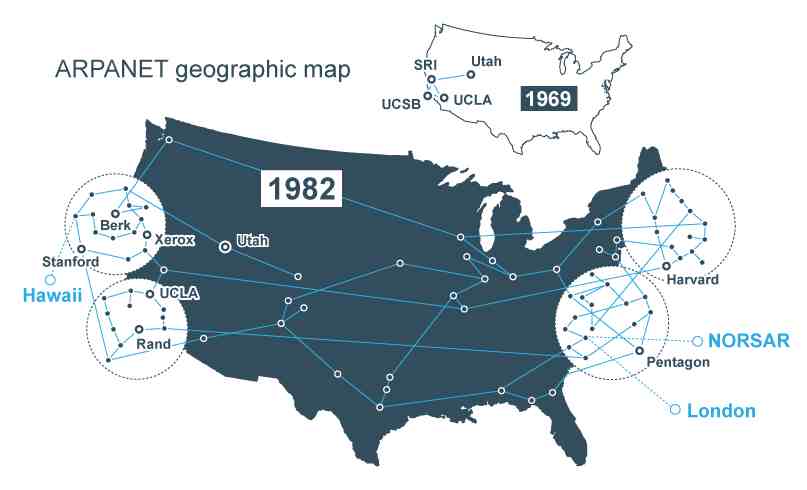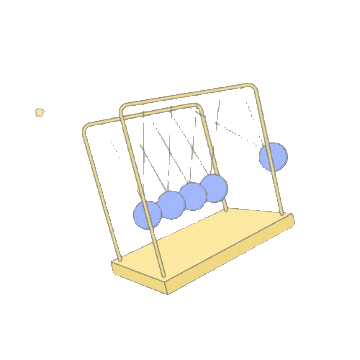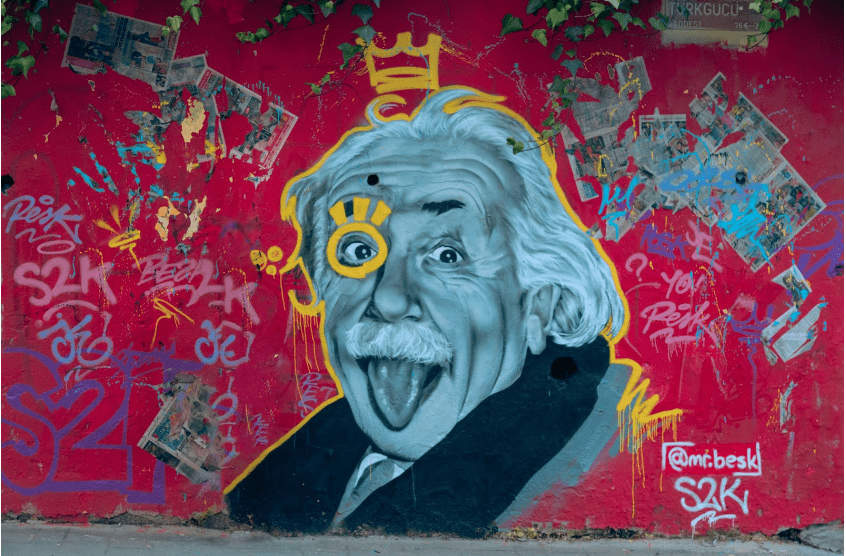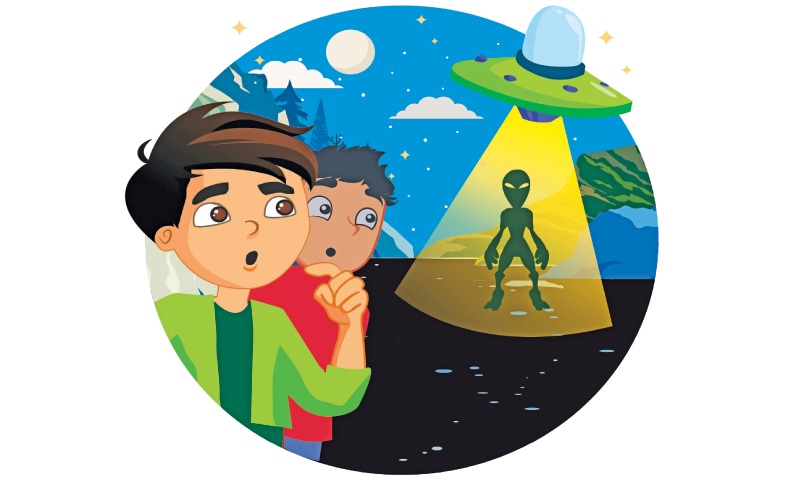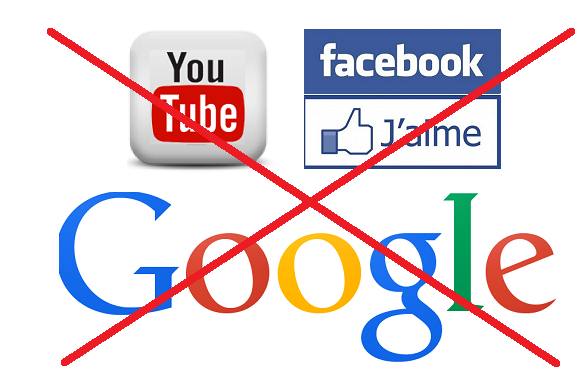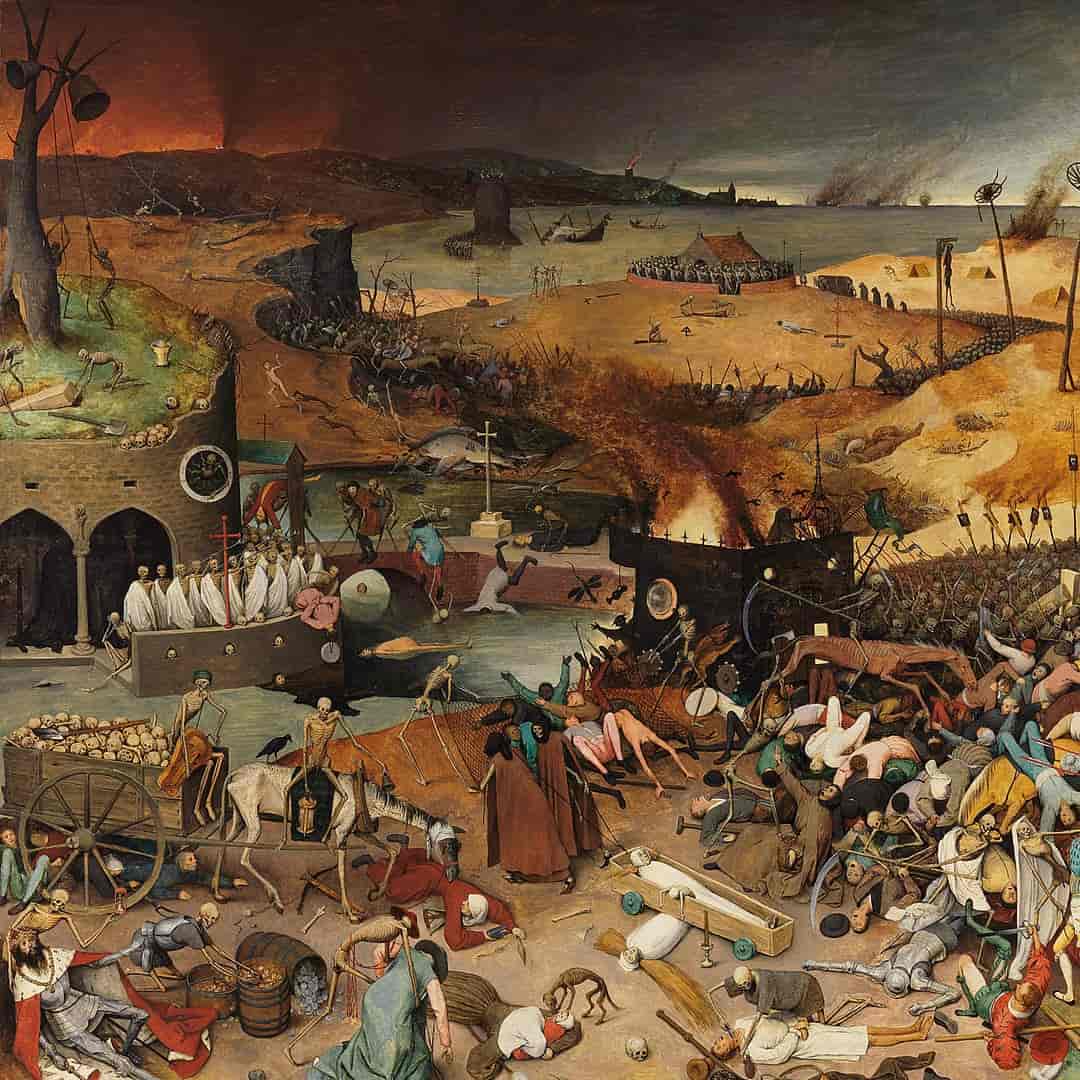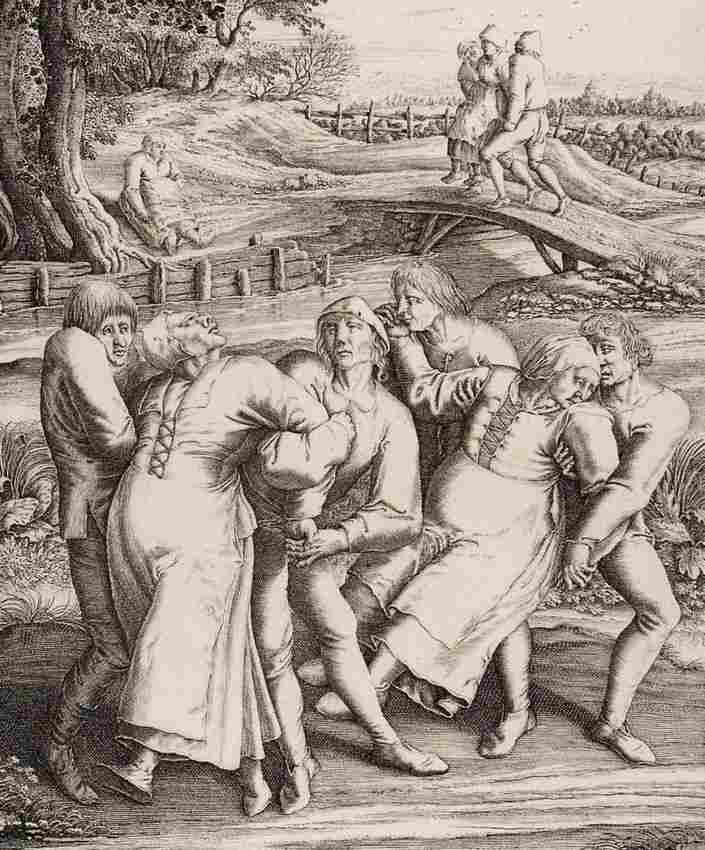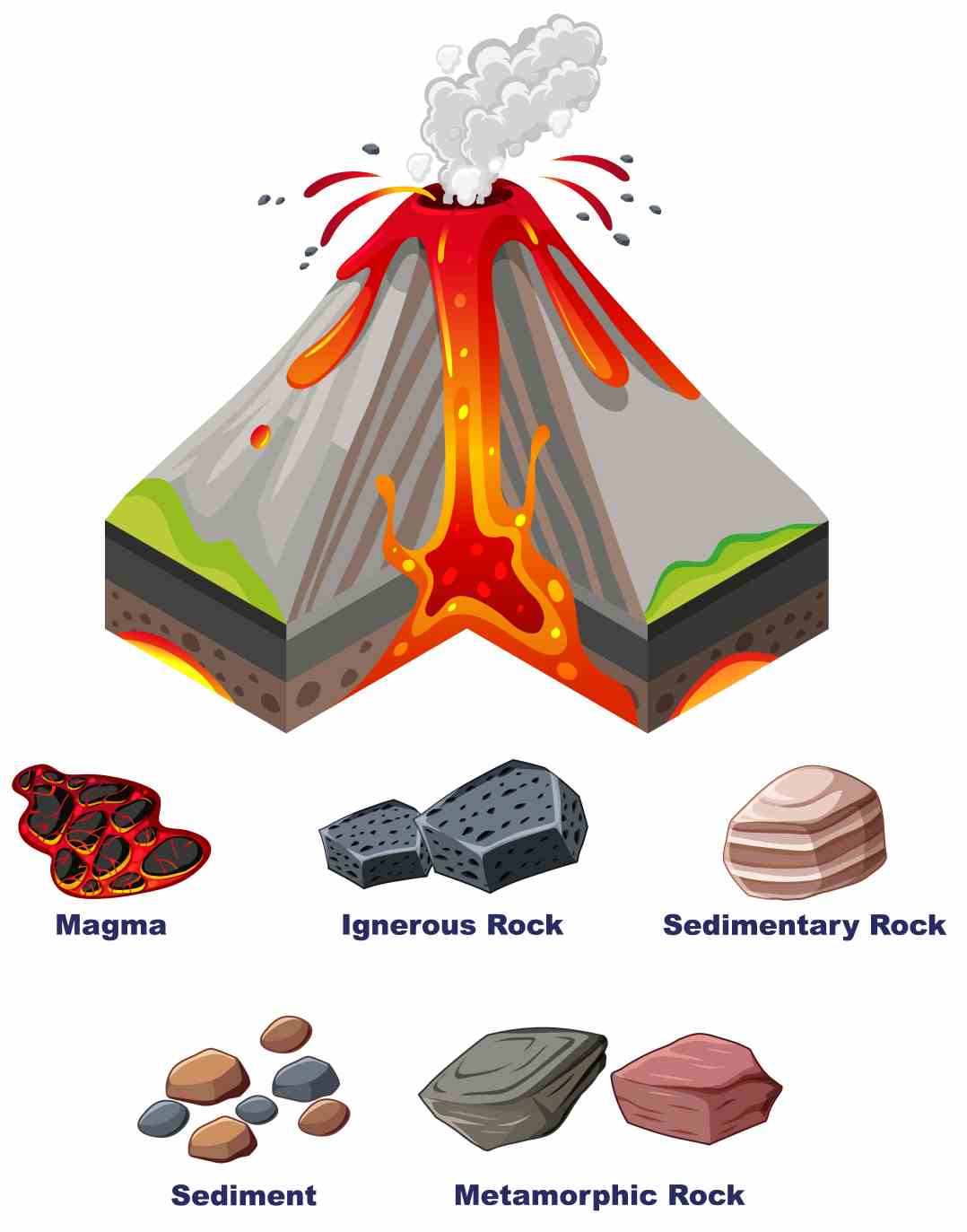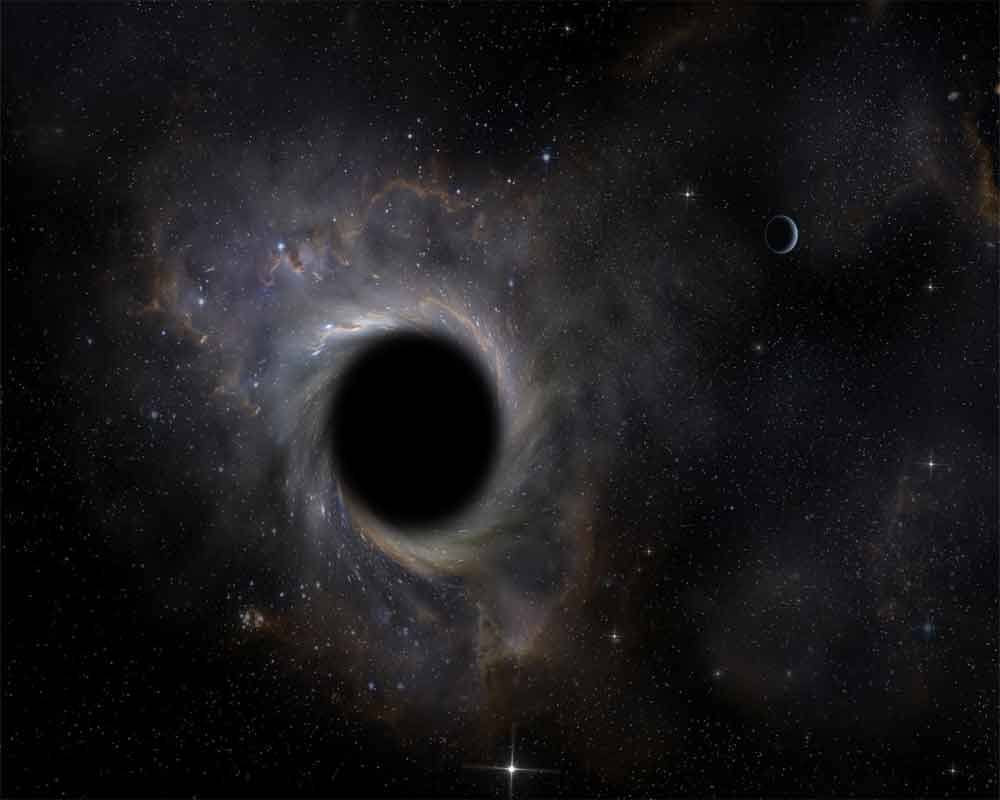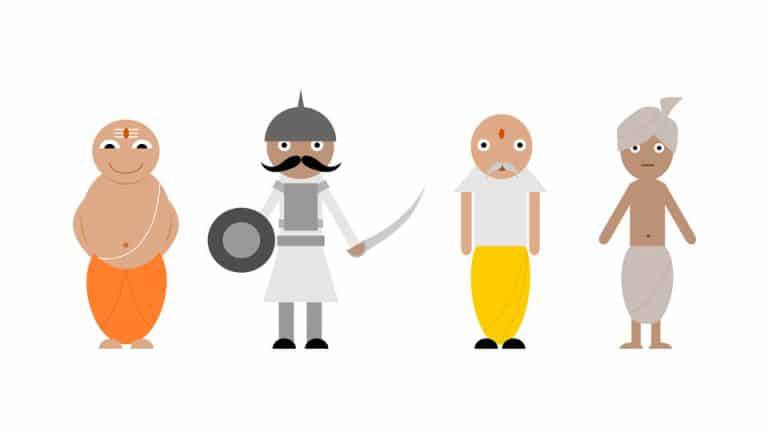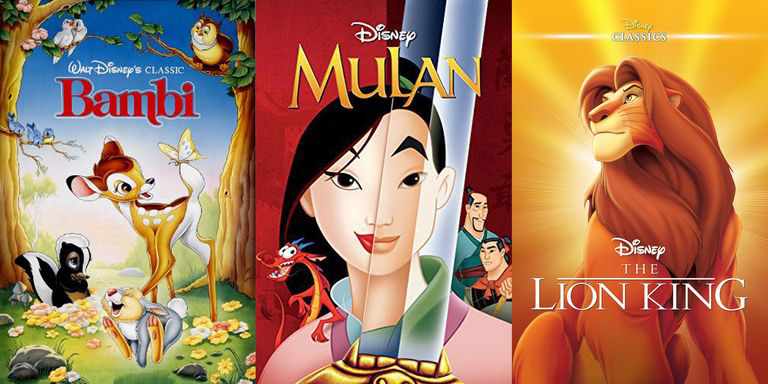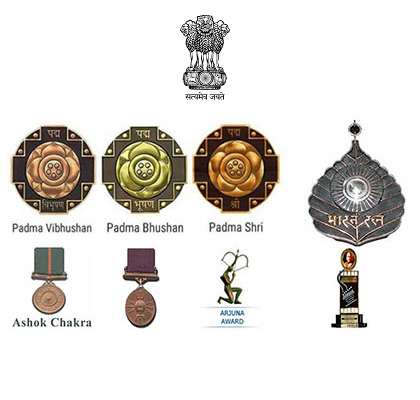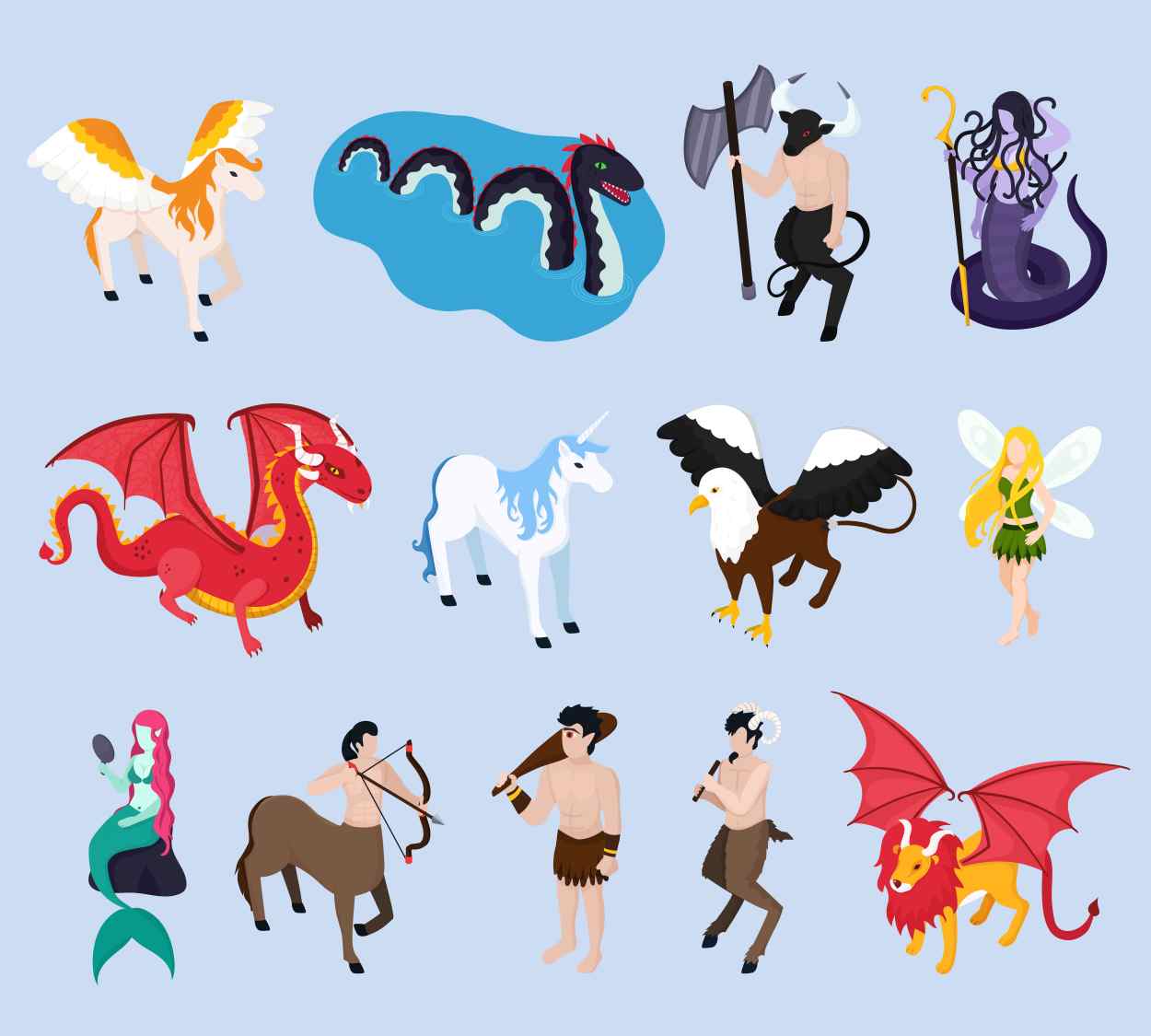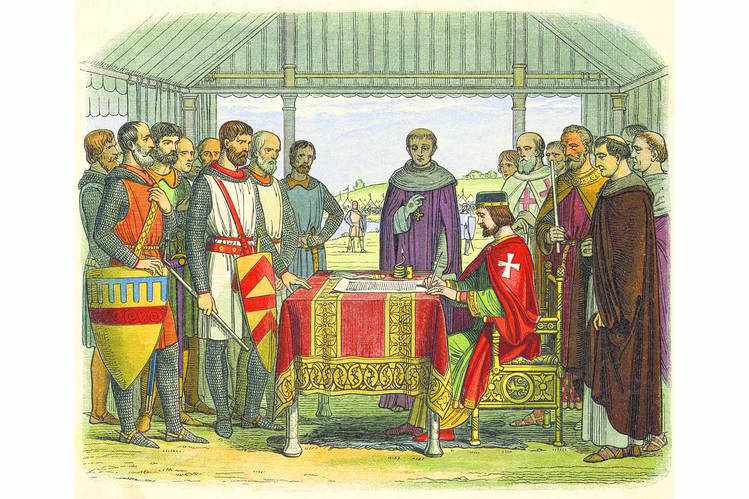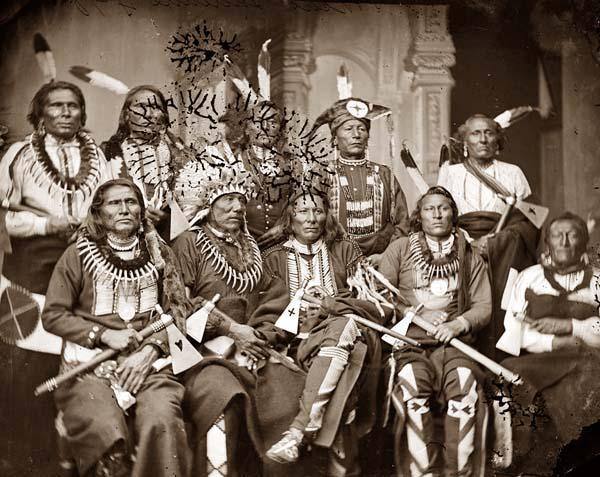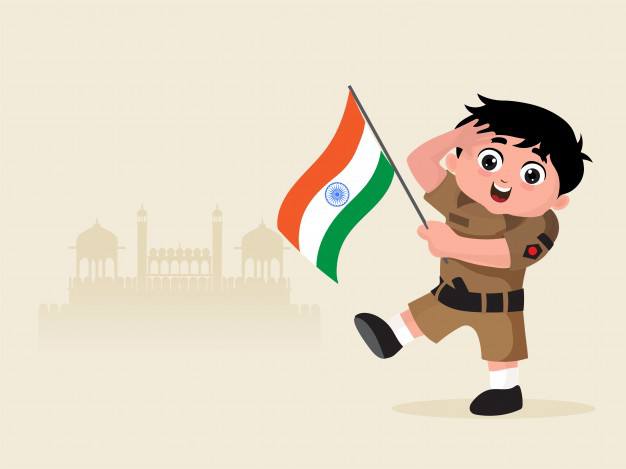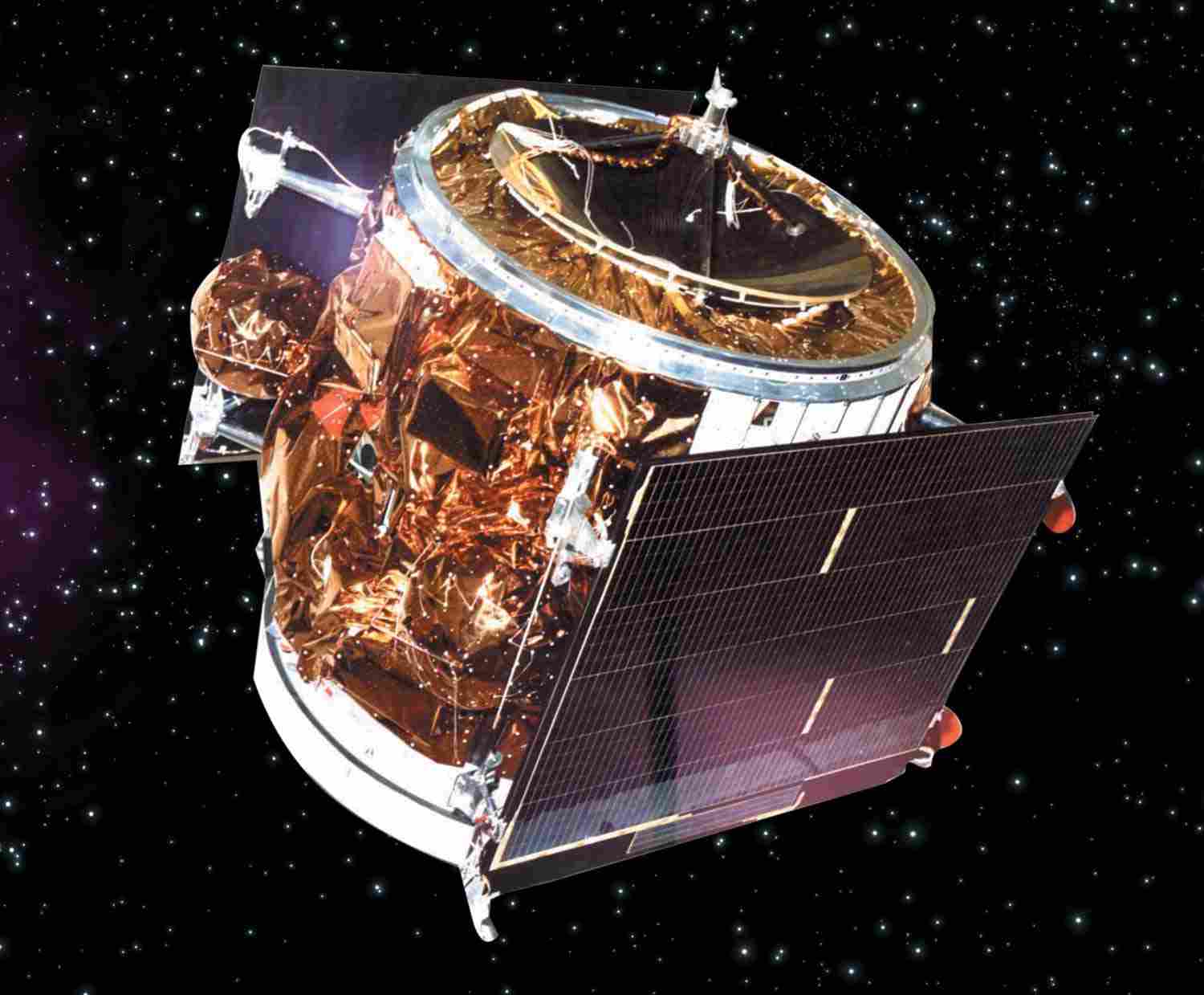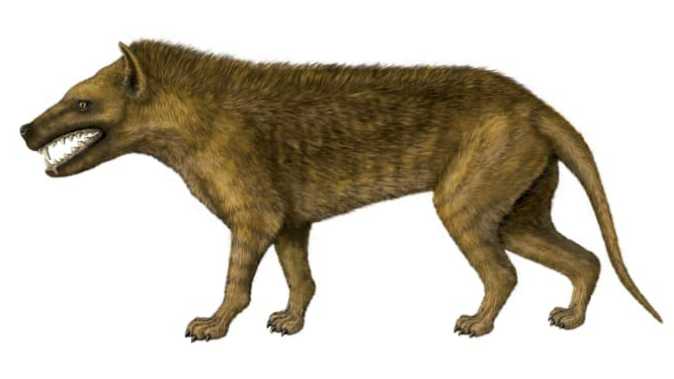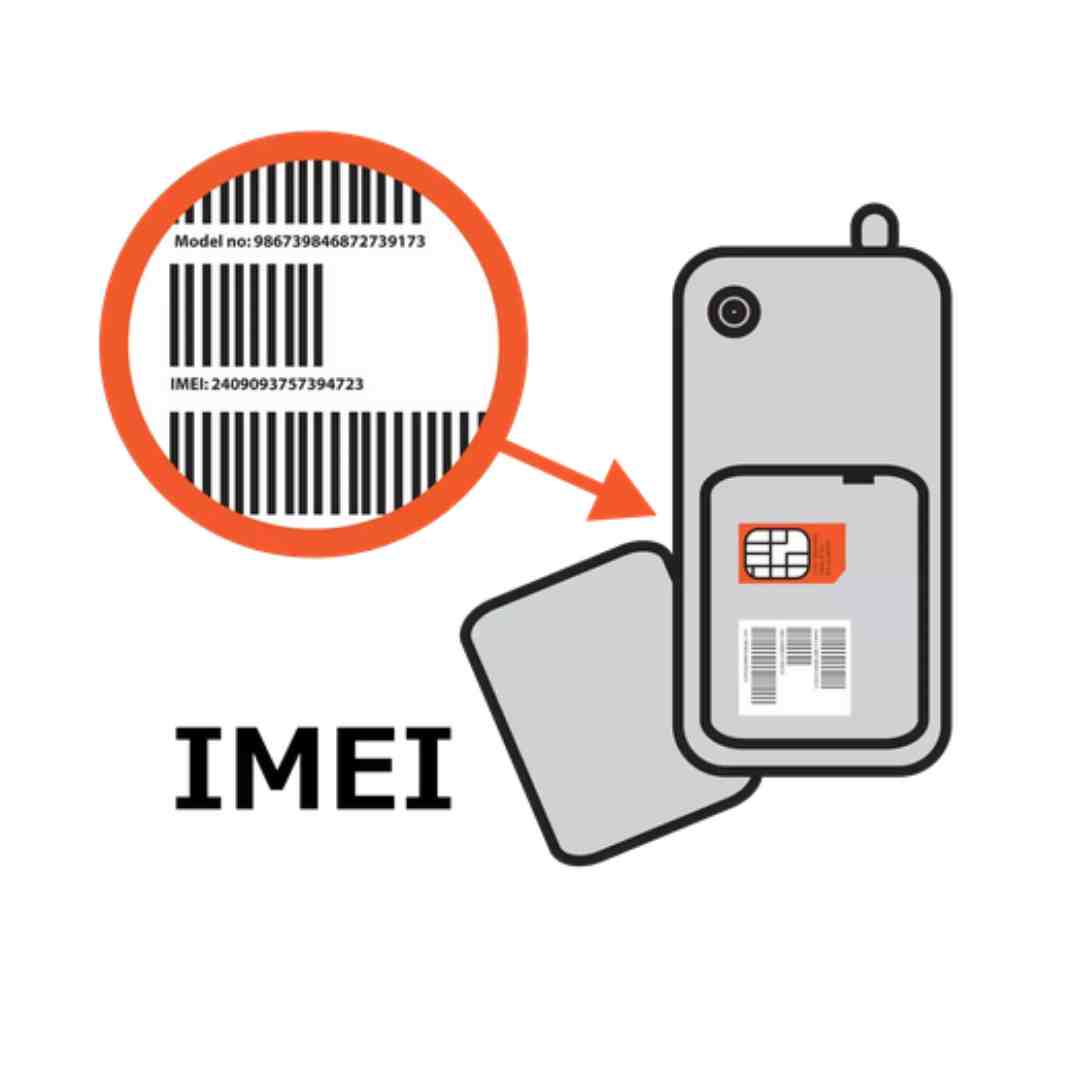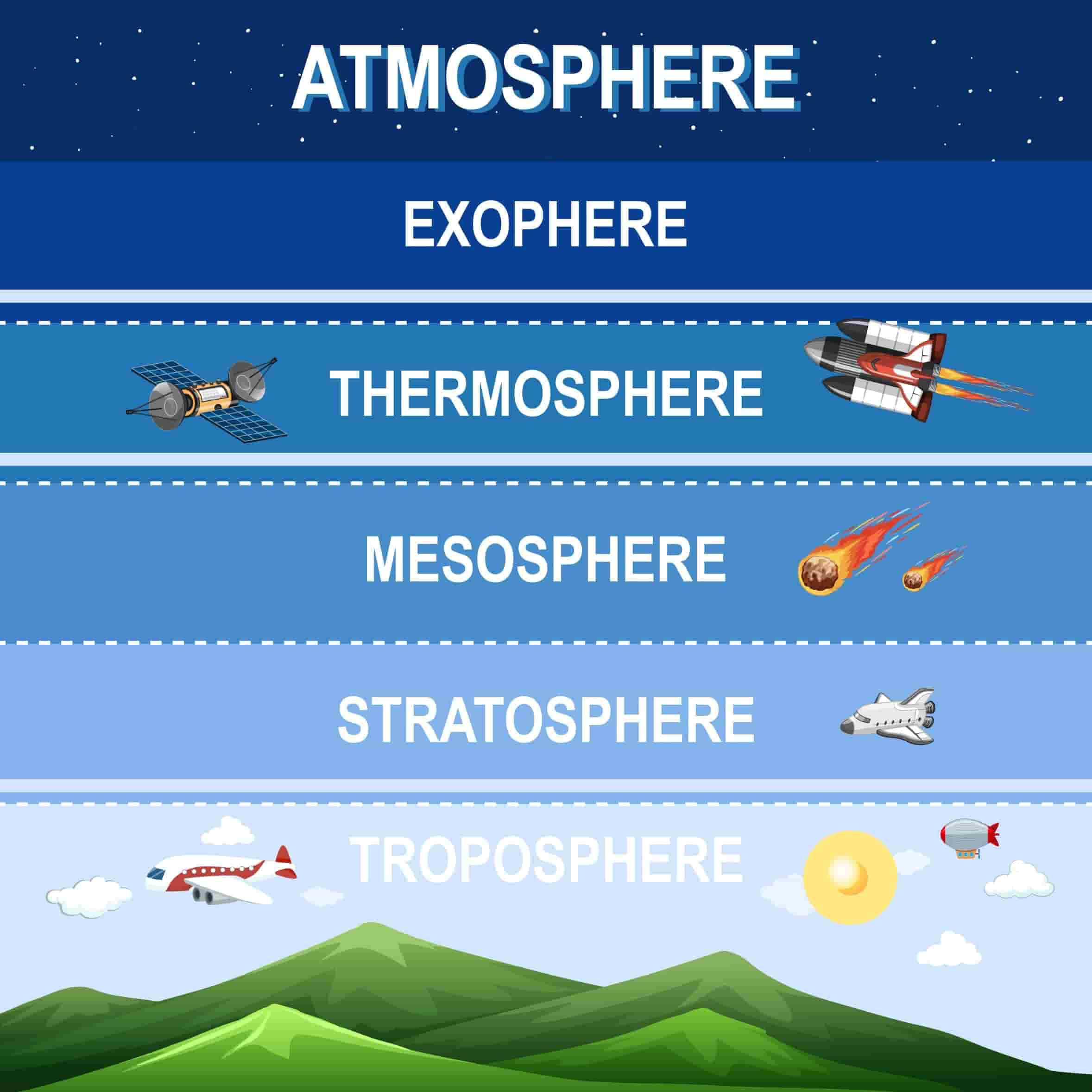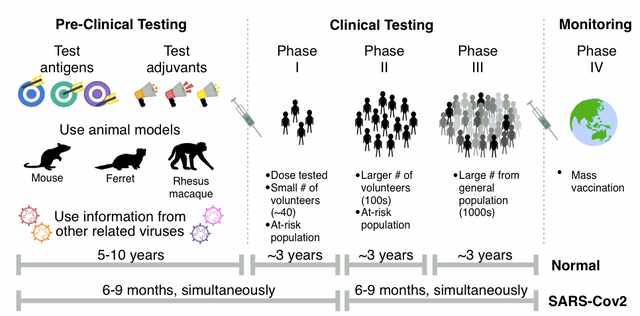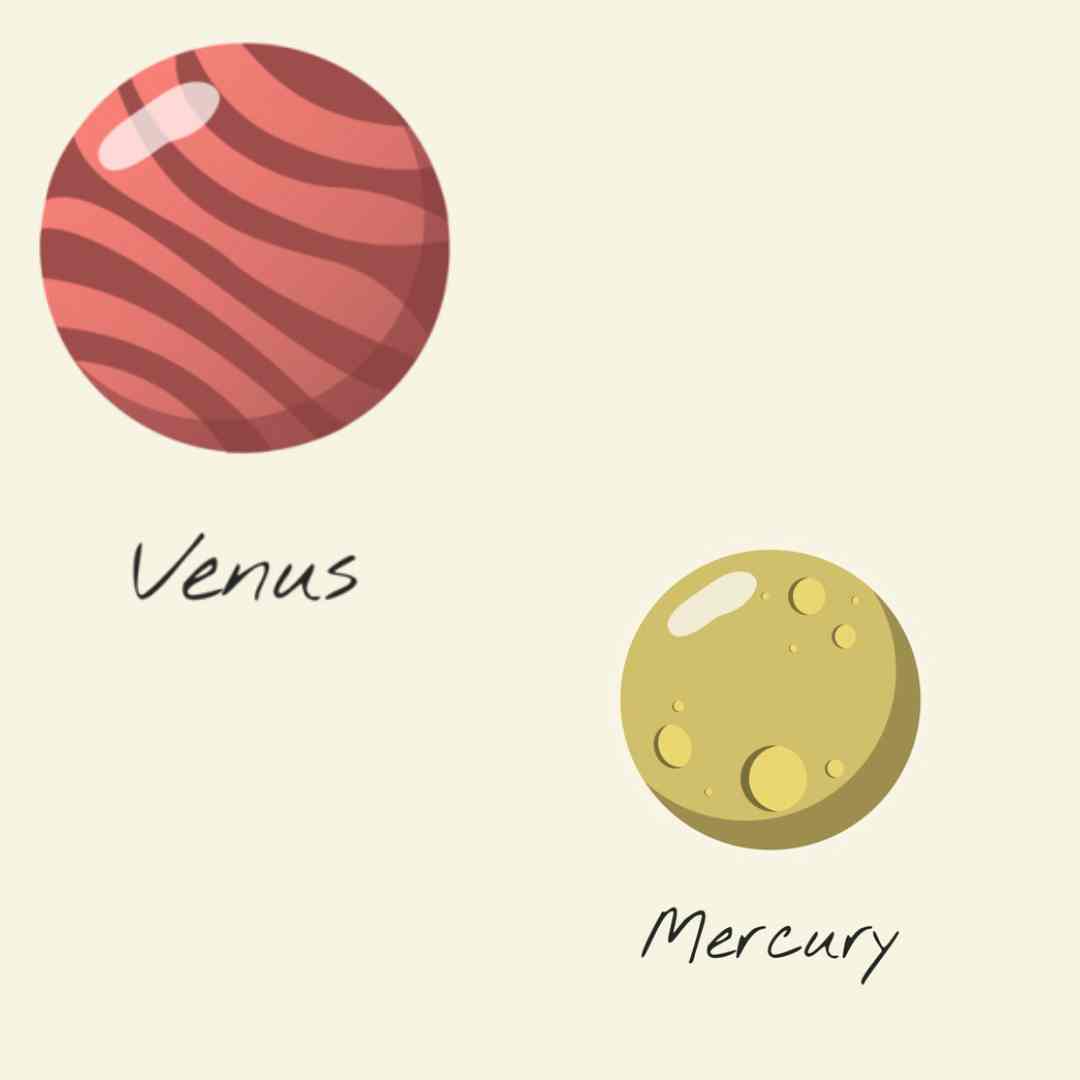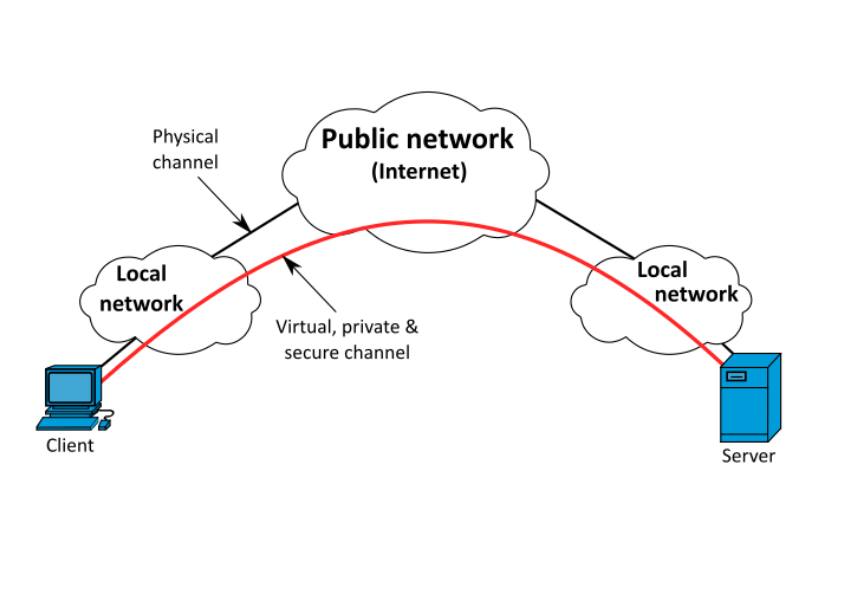Why was ARPANET created? ARPANET, created in 1969 by the U.S. Department of Defense's Advanced Research Projects Agency (ARPA), aimed to develop a robust and decentralized communication network for military research. It laid the foundation for the modern internet, fostering collaboration and information exchange. How does ARPANET work? ARPANET, the precursor to the internet, operated by connecting computers through packet-switching technology. It used the Transmission Control Protocol (TCP) to facilitate data transmission between interconnected nodes, enabling decentralized communication and paving the way for today's global network infrastructure. Who invented the ARPANET? The ARPANET, the precursor to the Internet, was developed by the United States Department of Defense's Advanced Research Projects Agency (ARPA). In the late 1960s, ARPANET was created by a team led by computer scientists Larry Roberts and Leonard Kleinrock.In the modern world, dictated by information, the internet is an indispensable tool. We have come to depend on it in so many different ways that if all of a sudden, the internet was shut down, we’d lose our minds. That is exactly what happened with my neighbors and me when we were subject to a widespread internet shutdown by the West Bengal Government. The advent of the digital age has ushered a new wave of creative content creators, the concept of digital learning for all, information technology, and a thousand other things that can’t all be described here. However, have you ever wondered where the internet came from? Who discovered it? How did it all start? Well, let’s find out.
Okay, first things first, the internet is unimaginably vast. Ergo, in no way can we say that a single person was responsible for, what is quite possibly, one of the greatest inventions of all time. A thousand brilliant minds built the internet, each working on a, never before discovered, niche of their own. It took engineers, computer scientists, physicists, and other people from diverse fields to create what we know today as “the internet.”
Who first invented the Internet?
A single individual did not invent the Internet; it evolved over time. However, key contributors include Vinton Cerf and Robert Kahn, who developed the TCP/IP protocol in the 1970s. Tim Berners-Lee later introduced the World Wide Web in 1989.
With that being said, let’s look at its story.
Long before we even had the technology to bring something like that to fruition, Nikola Tesla, in the early 1900s, put forward the idea of a ‘worldwide wireless system of information’. On the other hand Paul Otlet, an author, and Vannevar Bush, an engineer, toyed with the idea of an automated. indexed system of storage for media and books.
It was only in the early ‘60s that the first real, workable idea of an “intergalactic network of computers” was conceived by MIT professor, J.C.R. Licklider. Subsequently, computer scientists began working and developed the system of “packet switching”(transmission of information over a digital relay through the use of small bits called “packets”) which is considered one of the most fundamental building blocks of the modern-day internet.
Shortly after, the first prototype of the internet, the ARPANET(short for Advanced Research Projects Agency Network) was developed in the late 1960s by the U.S. Department of Defense. The novel idea that went into the development of the ARPANET was to use said “packet switching” to allow for the communication of multiple computers over a single network. On 29th October 1969, the first attempt was made to send a message over the ARPANET using a “node-to-node”(a node is a communication endpoint or an information distribution point in a network) communication. The message was “LOGIN” but the system crashed after sending the first two letters of the word.
In the 1970s, Robert E. Kahn, an electrical engineer, and Vinton Cerf, a developer, created the Transmission Control and Internet Protocol, popularly known as the TCP/IP protocol. These sets of protocols, or “rules”, dictated the way that information would be transmitted across multiple networks.
What is the first ARPANET message?
The first ARPANET message was "LO" transmitted on October 29, 1969, intended to spell "LOGIN." However, the system crashed after the first two letters. This event marked the historic beginning of the Internet era.
Unsurprisingly, ARPANET adopted the TCP/IP protocol on 1st January 1983. After that, computer scientists began working on it to create a “network of networks” aka the Internet(inter-network). In 1990, Tim Berners-Lee, a computer engineer, developed the World Wide Web at the CERN laboratories in Switzerland. The WorldWide Web is often mistakenly known as the internet when in fact, it is just one of the easiest ways to access the internet via user-friendly websites and the use of hyperlinks.

